Have you ever walked outside on an icy cold winter’s day and forgotten to put your coat on? It was probably only a matter of seconds before you realized your mistake and quickly dashed back inside for warmth and a nice hot cup of cocoa! Animals that survive in the Arctic very rarely have this problem. They are adapted to survive long winters (up to 10 months) of snowfall, ice, periods of little sunlight and freezing cold temperatures that are sometimes well below – 30° Celsius! Let’s take a look at some of the ways Arctic wildlife are able to live in this harsh climate.
Throw on your coat … and shorten your ears?!
The first thing that comes to mind when thinking about adaptations to the cold is of course having a thick fur coat. Most Arctic animals have a fur coat surrounding their body that usually thickens as winter approaches.
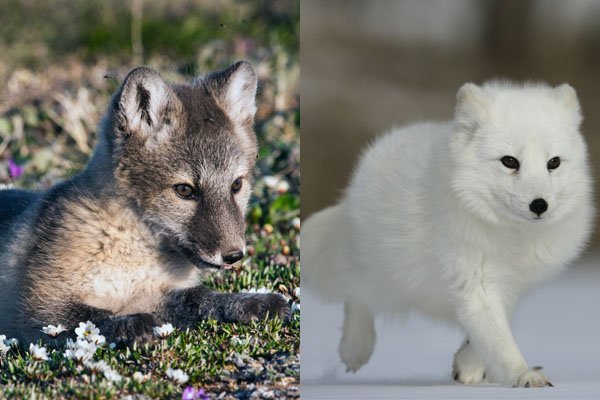
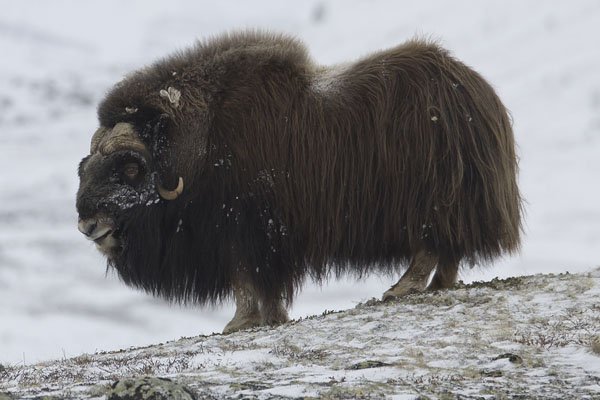
It’s a good time to fatten up!
Some animals in the Arctic can reach enormous sizes and survive the cold because of thick amounts of fat and blubber around their body. The fat acts like an insulator, trapping heat and keeping animals warm on land and in the North’s frigid and icy waters! Polar bears can weigh up to 600 kg and possess a thick layer of fat and blubber that they use for both warmth and energy, especially when sea ice has melted and they can no longer hunt for prey. Aquatic species also use a thick layer of fat to keep warm in the water, including hooded, ringed and bearded seals, as well as walrus that can have a layer of blubber over two inches thick! Female seals will also produce milk for their pups that is very high in fat to help their babies grow quickly and develop their own layers of blubber to survive the icy water.
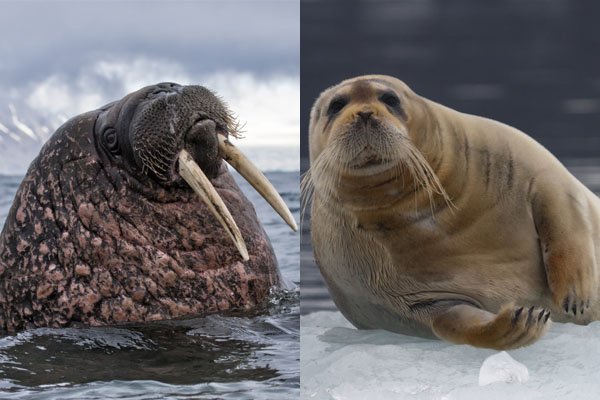
Getting around the snow and ice…
Snow and ice are characteristic features of life in the Arctic, which means to survive animals need specific physical characteristics to help them get around. Wolverines have large paws that act like snowshoes to keep them from sinking in deep snow. Arctic hare have long, thick claws to help them climb over piles of snow and dig dens for shelter from the cold and wind and protection from predators.
Living in the Arctic can be tricky, but these animals are adapted to these extreme conditions, allowing them to call this chilly place “home”! If you could use one of these animal adaptations to stay warm this winter which one would you choose? 1) Growing thicker hair, 2) Adding a layer of blubber, 3) Shortening your nose and ears or 4) Growing bigger paws to cross deep piles of snow?
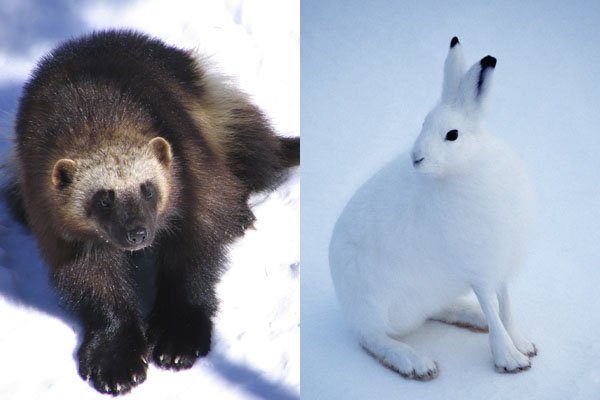
Leave your answer in the comments section below!
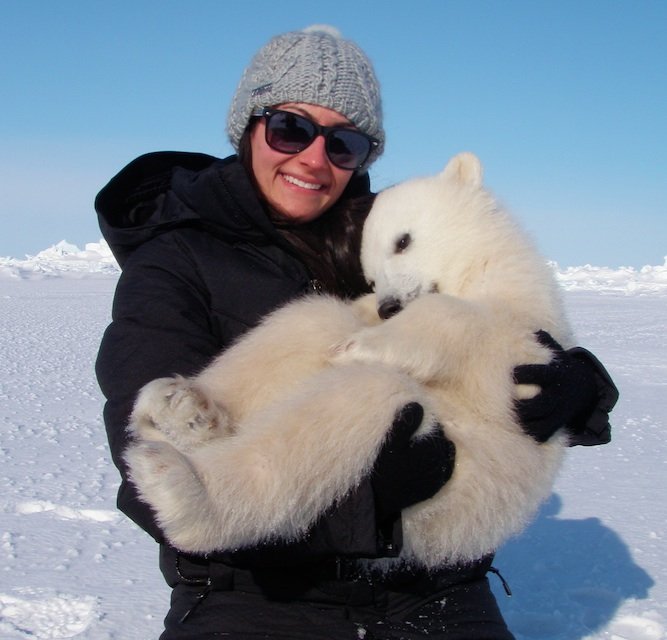
This article was written by honorary Earth Ranger Luana. Luana Sciullo is a doctoral student in the Department of Biology at York University where she works with researchers at Environment Canada to investigate long-term shifts in Polar bear foraging ecology and body condition in relation to environmental change in Western Hudson Bay.
[divider style=”hr-solid”]


That baby polar bear is adorable!
Is that lady hugging a polar bear?!
I would choose 4) Growing bigger paws to get across the snow an dig burrows.
was that lady hugging a polar bear!!!????
yah she was
They are so cute
So adorable
2b wild
Wild Life
I learned that at school
I would get blubber, for It would make me more bouncy and would be
Better for rolling in snow.